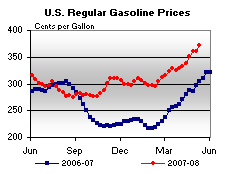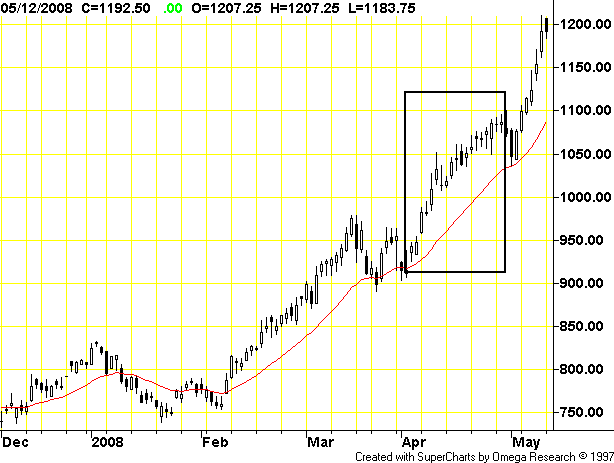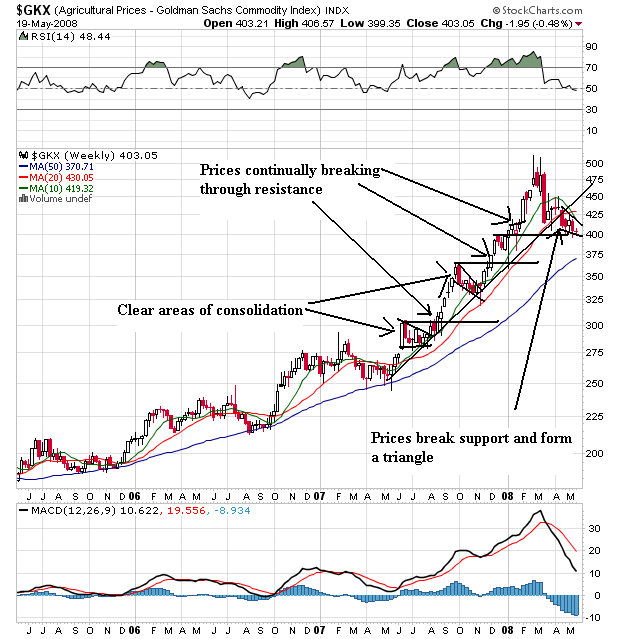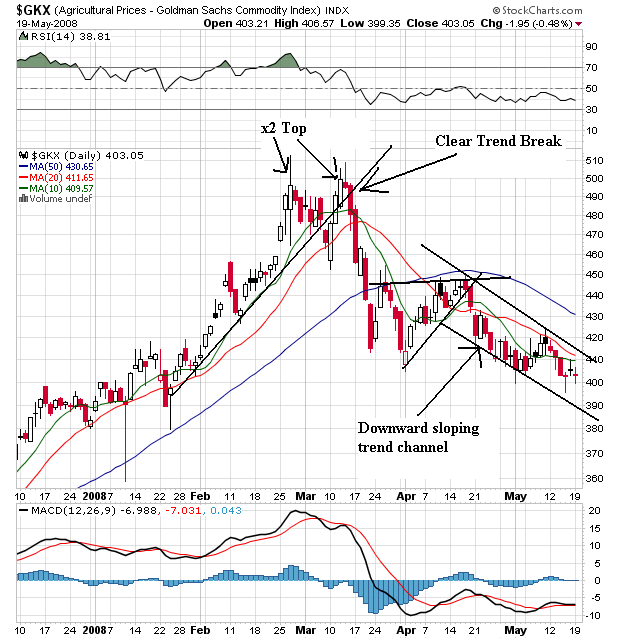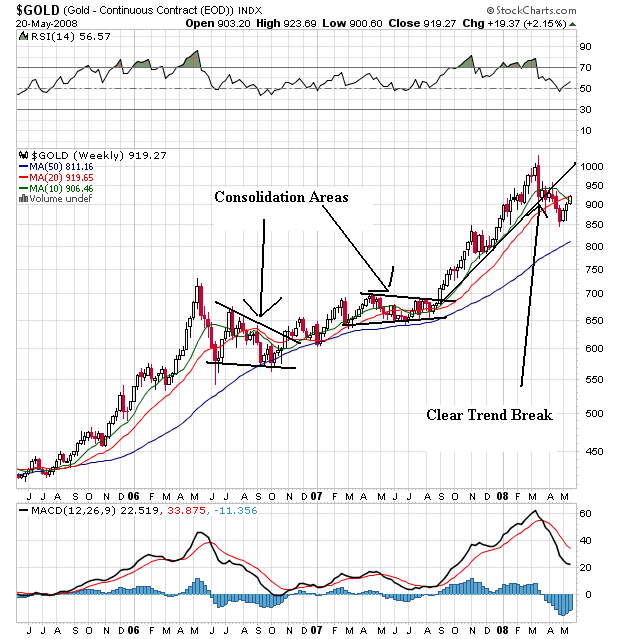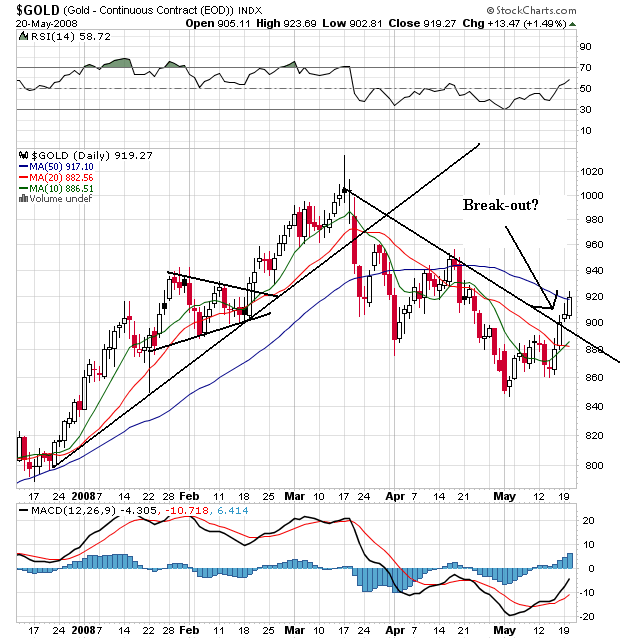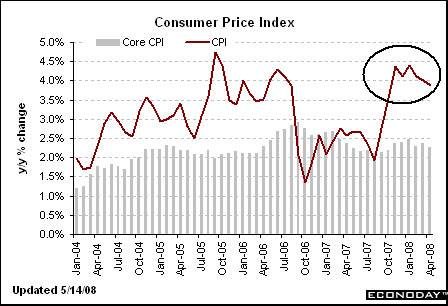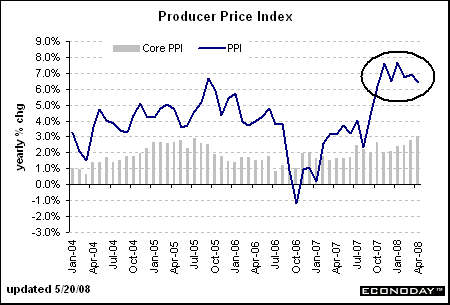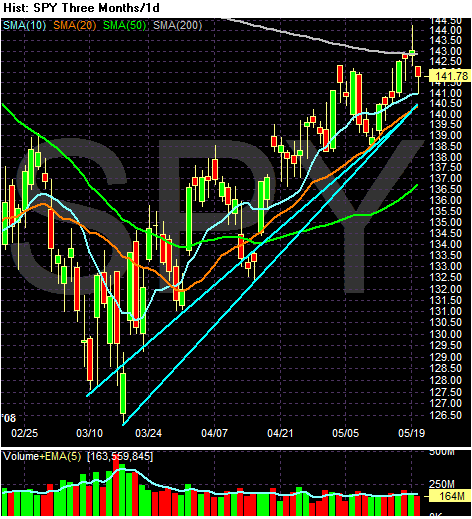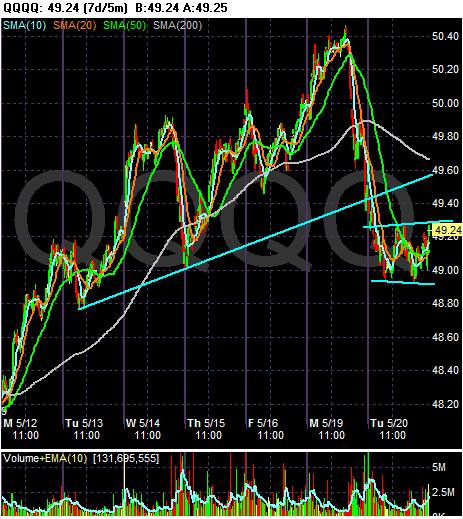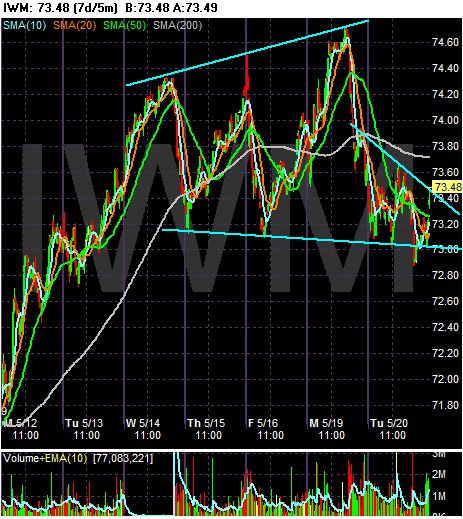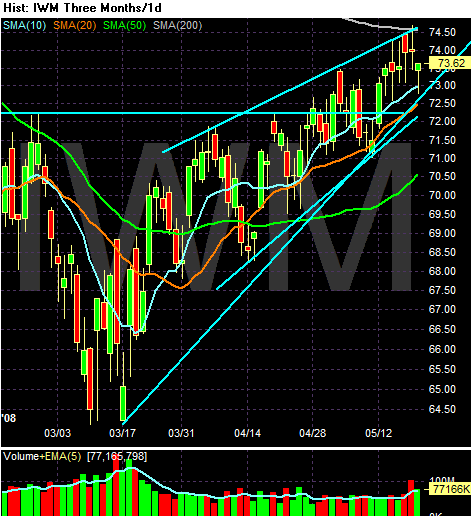





The number of previously owned unsold homes on the market at the end of April jumped to 4.55 million, up from 4.12 million in March. The total represented 11.2 months' supply at the current sales pace, the highest on record and up from 10 months at the end of the prior month.

Toyota Motor Corp (7203.T: Quote, Profile, Research) said on Thursday that cumulative sales of its Prius hybrid car had topped 1 million units worldwide since its launch just over a decade ago.
The Prius, the world's first mass-produced gasoline-electric hybrid car, first went on sale in Japan in late 1997 and in other markets in 2000. Toyota remains the leader in hybrid sales, with Honda Motor Co (7267.T: Quote, Profile, Research) a distant second with its Civic model.
.....
By slashing production costs for the hybrid system, Toyota has said it would make the technology available across its line-up, with an aim to sell at least 1 million hybrid vehicles annually soon after 2010.
Ford Motor Co.'s plan to return to profitability got run over by a truck.
The rise of gasoline prices toward $4 a gallon is causing a major shift in the U.S. auto industry that threatens to push the Big Three auto makers and some of their rivals to a new level of peril. In recent weeks, sales of pickup trucks and sport-utility vehicles -- already falling in recent years -- took an unexpectedly sharp tumble.
Those declines triggered a surprise announcement by Ford on Thursday that it's now "extremely unlikely" the company will return to profitability in 2009, as it previously predicted. Just last month, Ford was hailed by the market after it reported an unexpected $100 million in first-quarter net income.
In a Thursday conference call, Chief Executive Alan Mulally said the industry has "reached a tipping point" and that the falling truck sales represent a long-term shift in the U.S. auto market, not a short-term dip.
"We saw real change in the industry demand for pickup trucks and SUVs in the first two weeks of May," Mr. Mulally said.
On Thursday, Ford said it will cut truck and SUV production by as much as 40% in the second half of this year, compared with the year-earlier period. Previously, Ford had hoped to get a second-half lift from the launch of a redesigned F-150 pickup truck. The F-150 is the top-selling vehicle in the U.S.
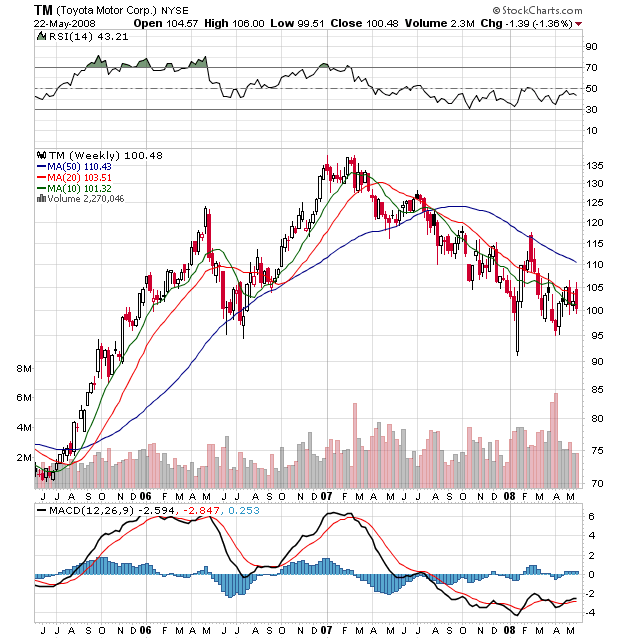

Home prices are falling faster as the economy slows and turmoil in the mortgage markets continues.
Prices fell an average of 1.7% nationwide in the first quarter from the final three months of 2007, according to the Office of Federal Housing Enterprise Oversight. The decline was the largest in the index's 17-year history. The government index, which is seasonally adjusted and based on data for home purchases, had dropped 1.4% in the prior quarter. Compared with a year earlier, home prices dropped 3.1% in the first quarter.
.....
Other nationwide indexes show steeper declines. The S&P/Case-Shiller index, which includes a broader variety of mortgages and which showed a nationwide drop of 8.9% in the fourth quarter from a year earlier, is set to release first-quarter figures next week.
"The OFHEO report shows the weakness in the housing market, but does not, in our view, fully portray the dire state of the market," Lehman Brothers economist Michelle Meyer said in a note to clients.
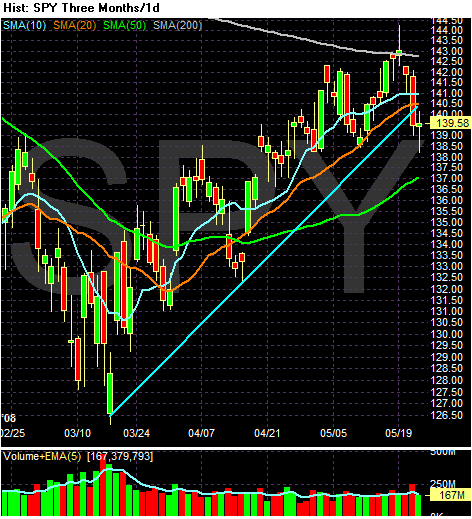
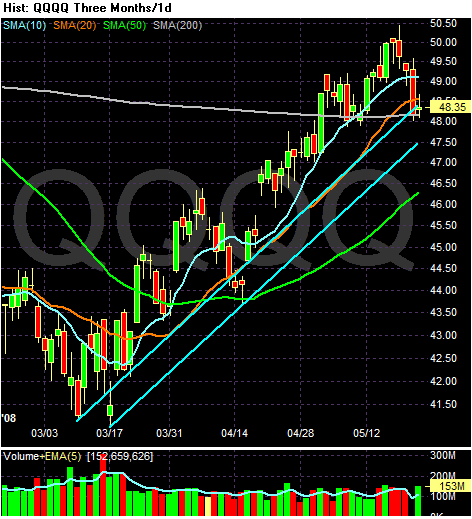
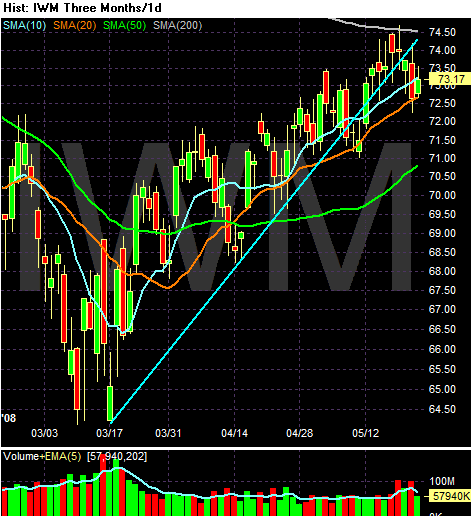

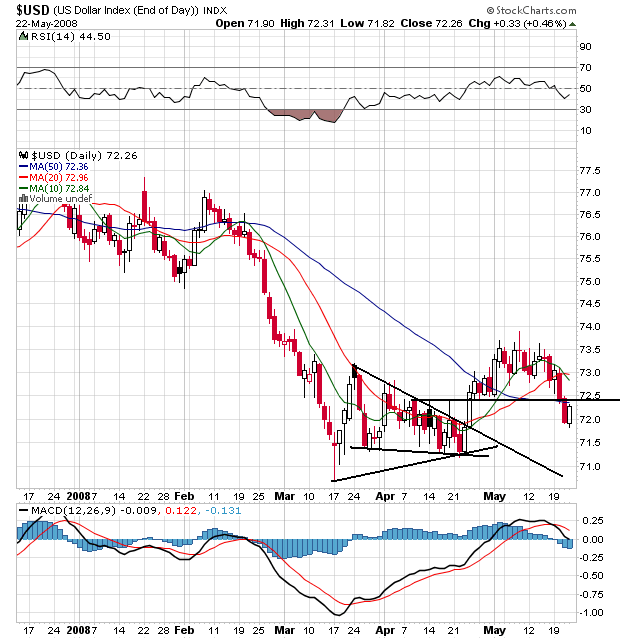




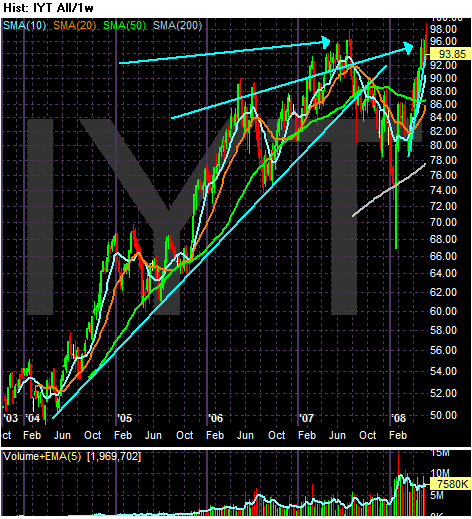
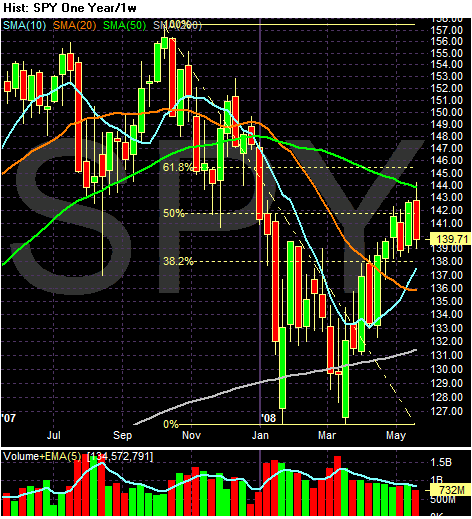
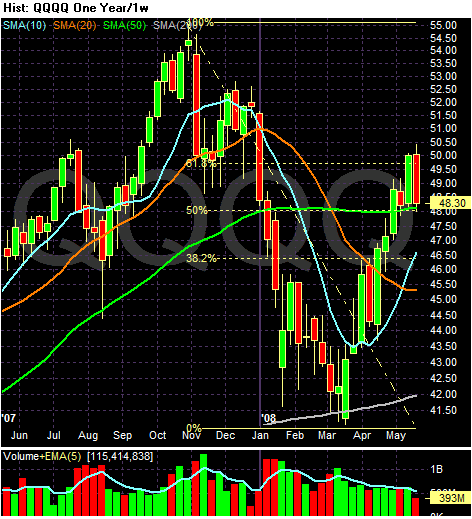
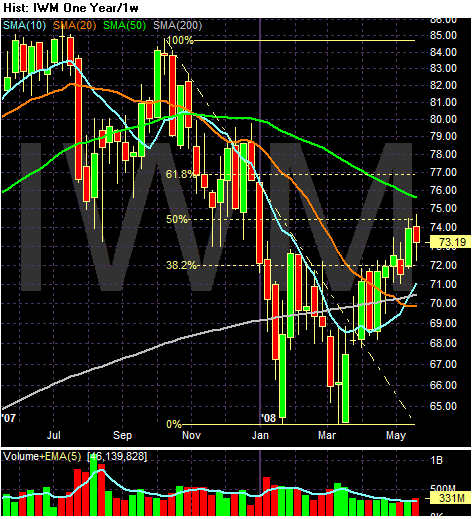
The information reviewed at the April meeting, which included the advance data on the national income and product accounts for the first quarter, indicated that economic growth had remained weak so far this year. Labor market conditions had deteriorated further, and manufacturing activity was soft. Housing activity had continued its sharp descent, and business spending on both structures and equipment had turned down. Consumer spending had grown very slowly, and household sentiment had tumbled further. Core consumer price inflation had slowed in recent months, but overall inflation remained elevated.
The U.S. average retail price for regular gasoline climbed to another all-time high, going up 6.9 cents to 379.1 cents per gallon. This was the eighth consecutive week for the national average price to increase, with the cumulative change totaling 53.2 cents. All regions recorded price hikes, with the East Coast jumping by 8.2 cents (the most of any region) to 379.5 cents per gallon. The average price in Central Atlantic portion of the East Coast surged up by 9.5 cents to 382.4 cents per gallon, 74.2 cents above the price a year ago. The average price in the Midwest went up 6.3 cents to 379.9 cents per gallon. The average price in the Gulf Coast region was 368.9 cents per gallon, a jump of 7.3 cents. Increasing by 7.7 cents to 368.6 cents per gallon, the price in the Rocky Mountain region remained the lowest in the country but only by a mere three-tenths of a cent. Once again, the average price for the West Coast was the highest in the nation, moving up by 5 cents to 388.3 cents per gallon. The average price in California rose by 3.3 cents to 395.2 cents per gallon.
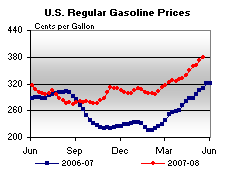

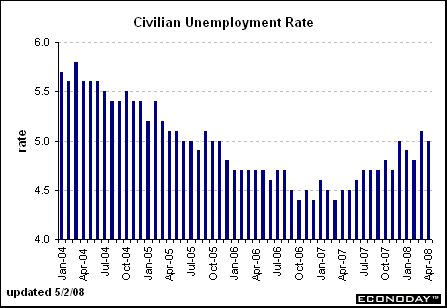
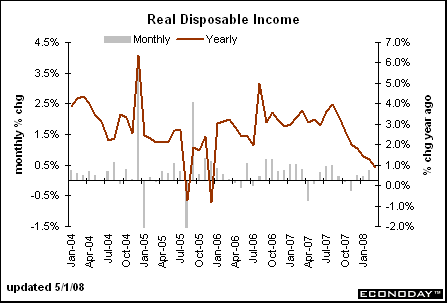
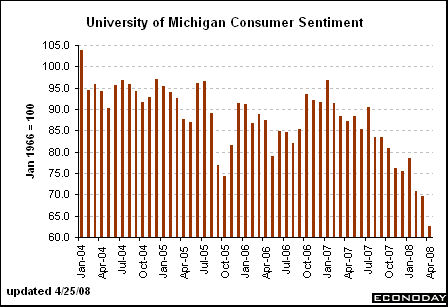

Peak oil is the point in time when the maximum rate of global petroleum production is reached, after which the rate of production enters its terminal decline. If global consumption is not mitigated before the peak, an energy crisis may develop because the availability of conventional oil will drop and prices will rise, perhaps dramatically. M. King Hubbert first used the theory in 1956 to accurately predict that United States oil production would peak between 1965 and 1970. His logistic model, now called Hubbert peak theory, has since been used to predict the peak petroleum production of many other countries, and has also proved useful in other limited-resource production-domains. According to the Hubbert model, the production rate of a limited resource will follow a roughly symmetrical bell-shaped curve based on the limits of exploitability and market pressures.
Oil depletion is the inescapable result of extracting and consuming oil faster than it is naturally produced, due to the fact that the formation of new natural petroleum is a continuous geologic process which takes millions of years. No one knows for sure when the long-term decline of oil reserves will begin, or what the consequences will be. The Hubbert peak is an influential theory concerning the long-term rate of conventional Petroleum (and other fossil fuel) extraction and depletion. The Hubbert peak is named for United States geophysicist M. King Hubbert, who created a model of known reserves, and proposed the theory. The concept of passing the peak-point, so that society is on the downward side of the oil supply curve, is also referred to as Peak oil or the end of cheap oil. By most projections, this point has already been passed or is about to be at some point between the years 2007 and 2010, although by United States government prediction, world consumption of oil will increase to 98.3 million barrels a day in 2015 and 118 million barrels a day in 2030. This represents more than a 25% increase in world oil production. Many predictions have been made about the potential implications of passing the peak. These estimates range from warnings of a doomsday scenario created by long term lack of growth to faith that the market economy will allow a relatively smooth transition to other energy sources through technological solutions.
But the direction of the IEA's work echoes the gathering supply-side gloom articulated by some Big Oil executives in recent months. A growing number of people in the industry are endorsing a version of the "peak-oil" theory: that oil production will plateau in coming years, as suppliers fail to replace depleted fields with enough fresh ones to boost overall output. All of that has prompted numerous upward revisions to long-term oil-price forecasts on Wall Street.
.....
The world's premier energy monitor is preparing a sharp downward revision of its oil-supply forecast, a shift that reflects deepening pessimism over whether oil companies can keep abreast of booming demand.
The Paris-based International Energy Agency is in the middle of its first attempt to comprehensively assess the condition of the world's top 400 oil fields. Its findings won't be released until November, but the bottom line is already clear: Future crude supplies could be far tighter than previously thought.
.....
For several years, the IEA has predicted that supplies of crude and other liquid fuels will arc gently upward to keep pace with rising demand, topping 116 million barrels a day by 2030, up from around 87 million barrels a day currently. Now, the agency is worried that aging oil fields and diminished investment mean that companies could struggle to surpass 100 million barrels a day over the next two decades.
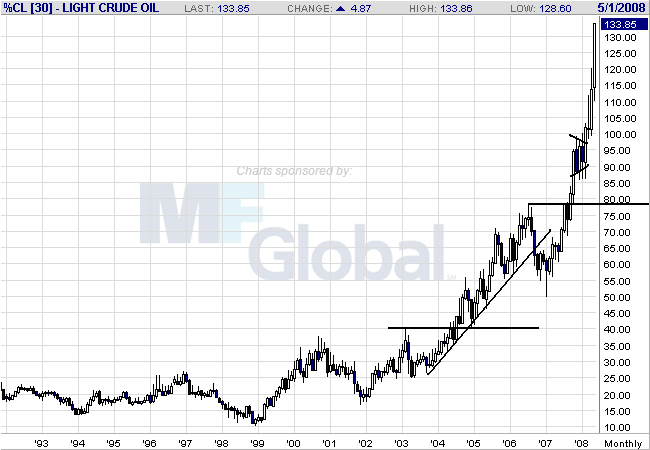
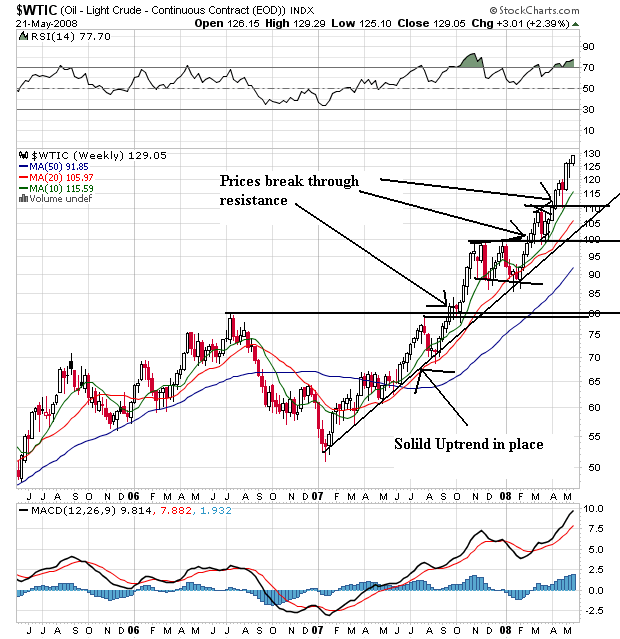
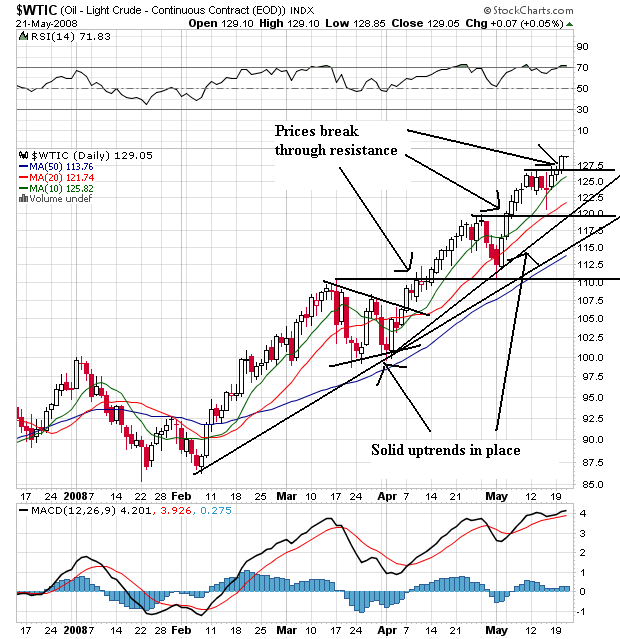
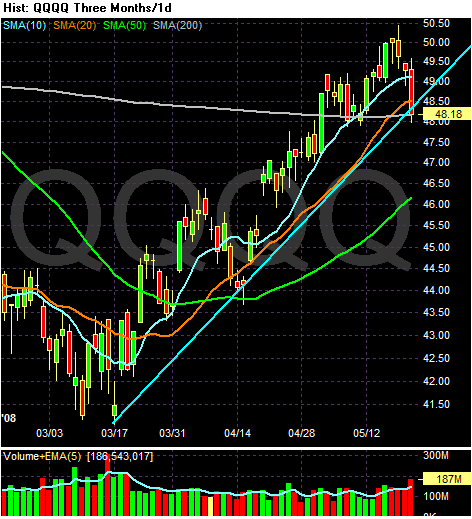

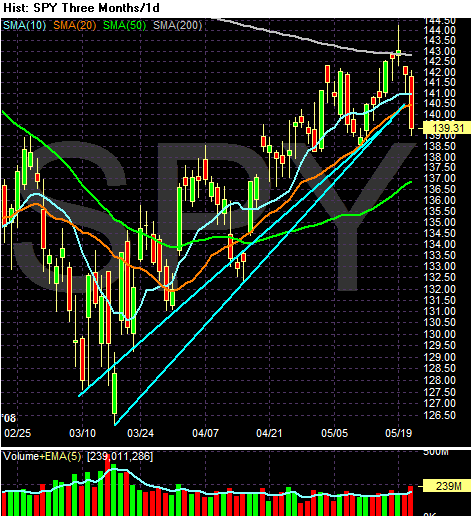

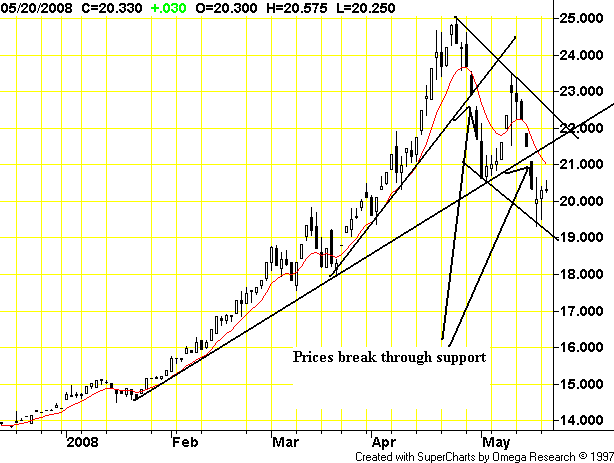
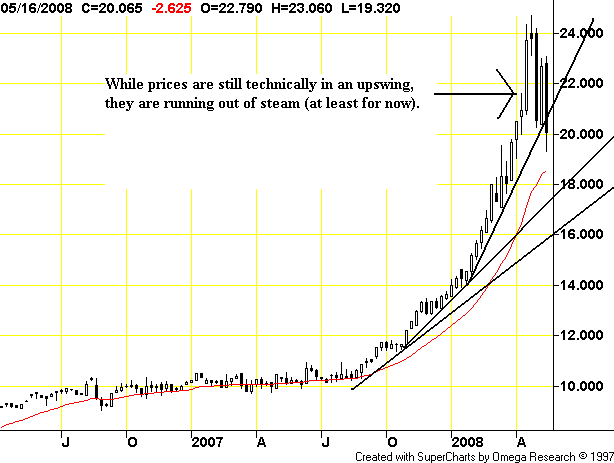

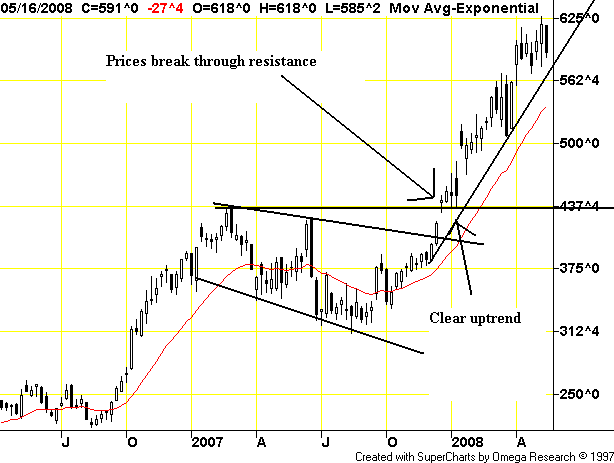
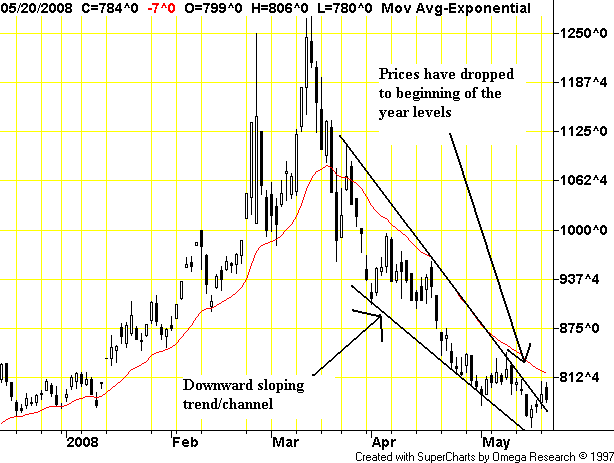
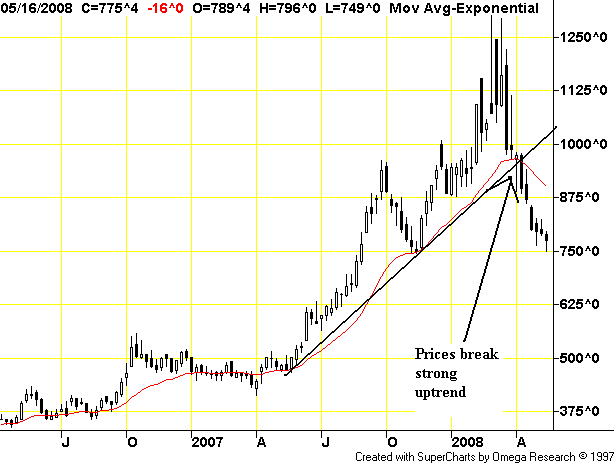
Moody's Investors Service said it's conducting ``a thorough review'' after the Financial Times reported that a computer error was responsible for Aaa ratings being assigned to complex debt securities that slumped in value.
Banks obtained the highest grades in 2006 and 2007 for constant proportion debt obligations, funds sold in Europe that used borrowed money to speculate on an improvement in credit quality. The subprime crisis caused banks including UBS AG and ABN Amro Holding NV to unwind their CPDOs, triggering losses of as much as 90 percent for investors.
Some senior staff at Moody's were aware in early 2007 that CPDOs rated Aaa the previous year should have been ranked as many as four levels lower, the FT reported today, citing internal Moody's documents. The firm adjusted some assumptions to avoid having to assign lower grades, the paper said.
``If it is true, does that mean other products haven't been rated correctly?'' said Puneet Sharma, Barclays Capital's head of investment-grade credit strategy in London. ``Will they be downgraded? It could lead to turmoil.''
Crude oil prices rose again Tuesday, hitting record highs near $130 a barrel and sparking a gold rally for a second straight session.
But the mixed performance in agricultural, softs and metals markets was evidence that the rest of the commodity complex was not following the dramatic rise in oil, traders said.
"All the markets have been overinflated by the fund buying in recent times, and as soon as that disappears, let alone turns in the opposite direction, there's not so much support to it," said a softs trader in Europe.
In April, the index for finished goods other than foods and energy moved up 0.4 percent and was partially offset by prices for energy goods, which fell 0.2 percent. The index for finished consumer foods was unchanged from its March level.
